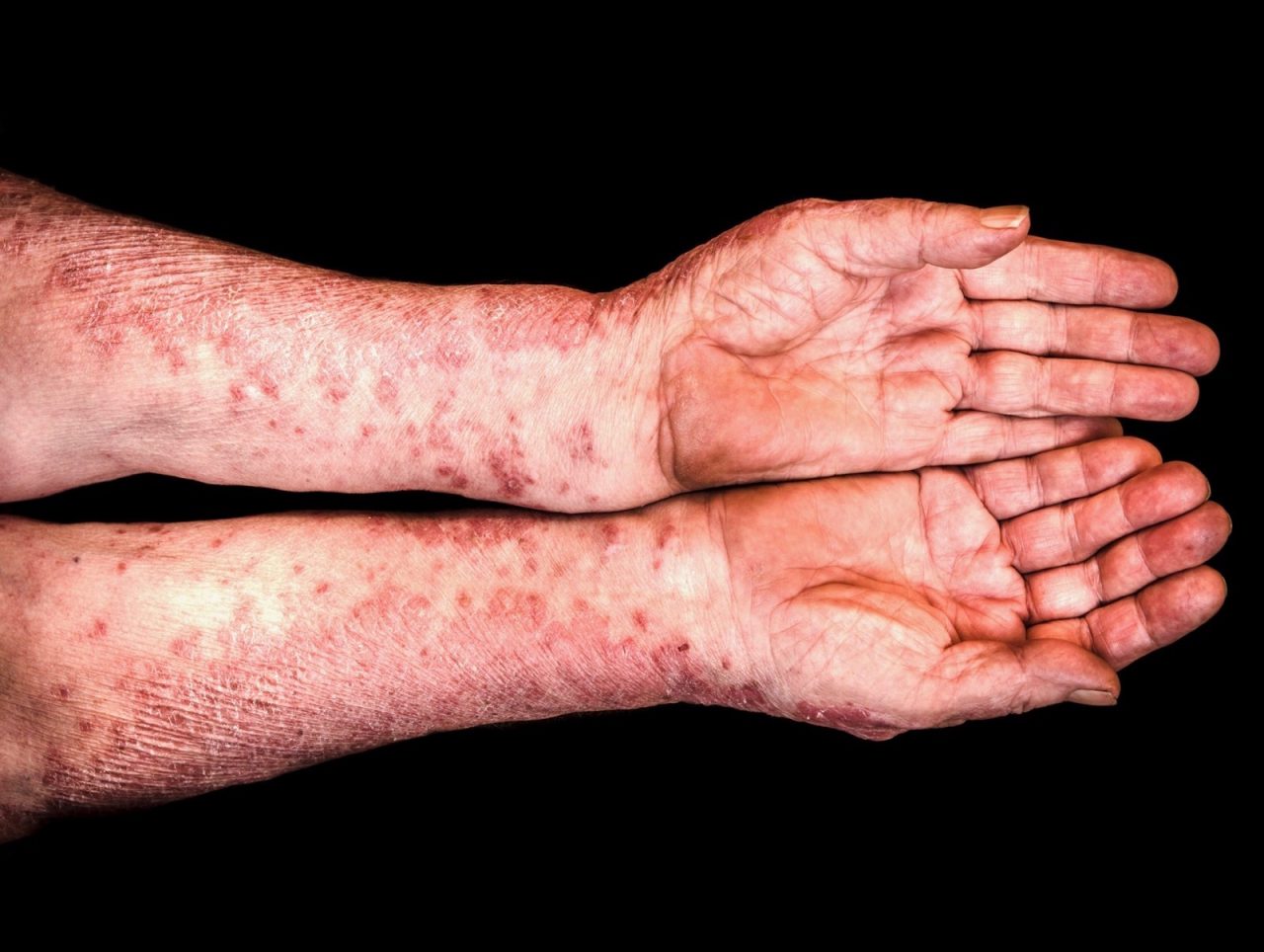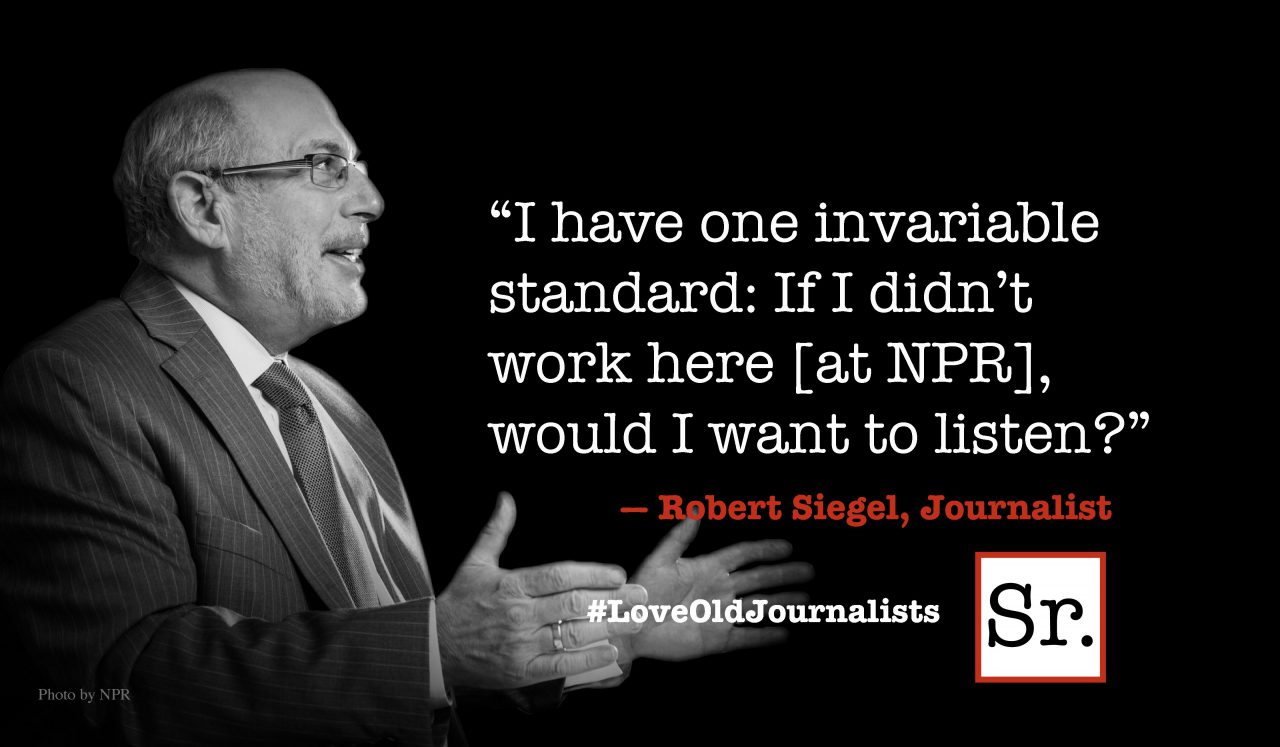Q. A friend of mine in her sixties was diagnosed with “fifth disease.” I never heard of such a thing. What can you tell me about it?
Fifth disease in children is a mild viral infection caused by human parvovirus B19. The name was given to the malady because it was listed as the fifth of the illnesses that, before vaccines, caused rashes in children. The other four are measles, chicken pox, German measles and roseola. Fifth disease is also called “slapped cheek disease” because of the rash that may appear on a child's face.
About half of the population gets fifth disease sometime during childhood. It is contagious. Once you’ve had fifth disease, you will not be at risk of getting it again.
A child with fifth disease commonly has a rash on the face, trunk and limbs. An ill child may have a low-grade fever, malaise, or cold-like symptoms a few days before the rash breaks out. The child is usually not very ill, and the rash goes away in seven to 10 days.
An adult without immunity who gets fifth disease can develop not only rash but swelling and pain in joints. The joints most frequently affected are the hands, wrists, knees and ankles. The pain and swelling can last several months, but usually goes away in a couple of weeks. There is usually no long-term disability from the disease.
Although many childhood illnesses are rare today because of widespread vaccination, they are still health threats, especially for adults who may have never been immunized.
There’s a general principle accepted in the medical community that illnesses, which are mild in children, tend to be much more severe in adults. While having the disease as a child generally confers immunity as an adult, there is still an estimated 5 percent to 20 percent of the population susceptible to one or more of these ailments.
The following are some contagious childhood diseases that are worse in adults:
Chicken Pox
If you get chicken pox as an adult, you are more likely to suffer from congestion, high fever and intense itching. In addition, you are at greater risk of contracting pneumonia and other diseases because of a weakened immune system. The virus that causes chicken pox can be dormant in the body and resurface years later as shingles, a painful skin disease.
Measles
Measles (rubeola) causes a high fever in children, but most recover with no ill effects. Adults suffer from more fever, pneumonia and arthritis when they get measles. Encephalitis, a brain inflammation, is also seen more frequently in adults with measles. German measles (rubella) can cause miscarriages, stillbirths and a variety of birth defects.
Mumps
The main symptoms of mumps are swollen salivary glands, fever and headache. Adults who get mumps are at risk of complications that include the brain infection meningitis, miscarriage in the first trimester of a pregnancy and problems with sex organs. Swelling of the testicles is frequently so painful that hospitalization is required. For women, inflammation of the ovaries occurs in about 5 percent of the mumps cases.
Whooping Cough
Whooping cough (pertussis) is highly contagious. Again, whooping cough can be prevented with a vaccine. Unfortunately, vaccination does not provide lifelong immunity. The American College of Chest Physicians (ACCP) says adults up to 65-years-old should receive the special adult vaccine for whooping cough, even if they were vaccinated as children.









